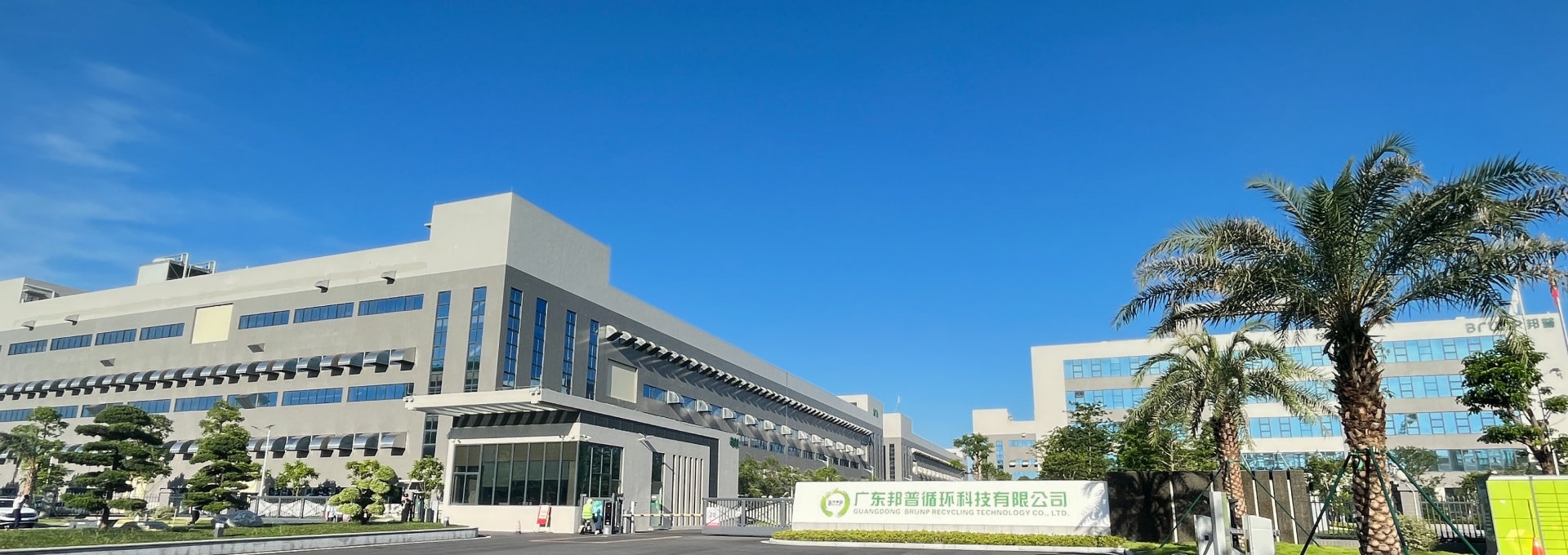Together with CATL, Brunp innovates directional recycling technologies to provide one-stop closed-loop solutions for the management of the full life cycle of batteries. The company builds an efficient battery recycling system covering the upstream and downstream of the industrial chain with the integration of the entire industrial chain (IEIC).
DRT Theoretical System

Directional Recycling Technologies (DRT)
A remanufacturing process that is fully reversible between the target product manufactured and the raw materials used to produce it.
Reverse Product Positioning Design (RPPD)
The starting point of all concepts in the DRT theoretical system is to carry out green design for new products from the perspectives of reusability and disassemblability, in order to facilitate recycling and improve the renewability and high recycling rate of products.
Integration of the Entire Industrial Chain (IEIC)
IEIC refers to the construction of chain-type industrial correlation between different parks or enterprises based on the principle of integration and collaboration, which is a large-scale engineering and high-quality industrialization application of the DRT theoretical system.
Integrated Carbon-right Method (ICM) for carbon footprint
ICM is a carbon footprint calculation method for integrated carbon-right allocation that takes into account a combination of national or regional development levels, global carbon contribution, and carbon emission reduction technologies (especially recycling technologies).
Recovered Materials Standard (RMS) and Recovered Materials Traceability Method (RMTM)
The core of RMS is the methodology for calculation and trace of recovered materials based on BTB (Barcode-Time-Batch) technology. The standards formed by the two methodologies are a series of specifications for the scientific management of various elements, resources, and their combinations of recovered materials traceability and proportion calculation. The traceability method of recovered materials is based on barcode, time and batch, which is used for forward and reverse traceability of recovered materials.
RPPD is the starting point of all concepts and the innovation source of IEIC. IEIC is the implementation way of RPPD, with continuous feedback and iteration to RPPD to form a large cycle;
DRT is the core innovation concept. ICM, RMS, and BTB, as the three methodologies surrounding DRT, support each other to form a small core cycle and drive the continuous operation of the large cycle.






